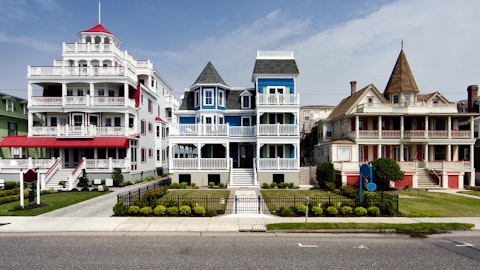Time for a dip into the largest freshwater lakes in India. I learned to swim properly this summer. I mean I had always known, like kind of, sort of, known how to swim. Like the way you know how to write in cursive or how to do long division.
I could keep myself afloat. I was a very strong doggie paddler. But I did not know the proper strokes. Luckily my good friend and my wife are both swim team alums, so they helped teach me the proper method. Or I should say they tried to help teach me the proper method. I also did A LOT of splashing around.
I learned that swimming is super hard! Whether you are in a lake or a pool or the sea–keeping yourself in the correct position is a tough task. I watched an embarrassment of youtube videos on the subject that seemed to help me a bit with some of the larger form mistakes I was making. Forgetting when to breathe was something I would need to figure out on my own. I can’t tell you how exciting it was to be able to get even halfway across an Olympic-sized pool doing nearly correct swimming technique.

SNEHIT/Shutterstock.com
If you already know how to swim then you know what I mean. Now all you need is a place to do it. Pools are great, and free in New York City. However, the bulk of the country, that is not on the coast swims in lakes. The same is true for many other countries as well. India, for instance, has a great deal of large freshwater lakes. However, you can’t swim in polluted lakes–which is a big problem in India. In fact, if you’re interested in learning about the largest freshwater lakes in India read on.
We’ve all learned that 97% of earth is made of water but only a small portion of this is freshwater. The difference is freshwater is the type of water humans and animals can readily use, unlike salt water, which is too salty for humans and animals to drink. Although it’s easier to float in saltwater–for all you novice swimmers out there learning your freestyle stroke!
There may be freshwater lakes in India, but the continuous water crisis makes it close to impossible for them to support the large population of the country. The population is much too large for the country of India to handle administratively or in other governmental service or protective ways, which are some of the root the cause of rampant Indian poverty. Poverty has all types of by-products that hinder hygiene and deny people access to clean water. Those living at the edge of urban drape have no choice but to drill their own well, but this is a risky action due to the cleanliness issue. Contaminated waters can result in water-borne diseases. These water issues are prevailing problems in India and contribute to the overall dysfunction and, in many instances, a lack of care toward basic human need.
However, not all of the water in India is unclean. There are a lot of lakes in India which serves different functions. Animals sanctuary, sacred lakes, tourism, and even generating hydroelectric power are some of the jobs of Indian lakes. For whatever purpose these lakes serve, people must be responsible to take care and avoid abusing nature or it will be disastrous. Not only are freshwater lakes in India popular, but also lakes that have different compounds. There are only a few freshwater lakes in India and perhaps some of them also made the list of the 11 Largest Freshwater Lakes in the World by Volume. We have included both man-made and natural freshwater lakes in India. Our list is based on the surface area per square kilometers. Now time to check out largest freshwater lakes in India!





